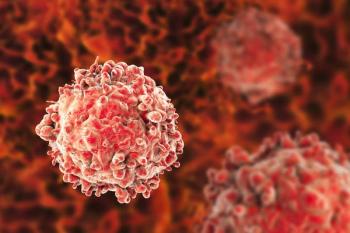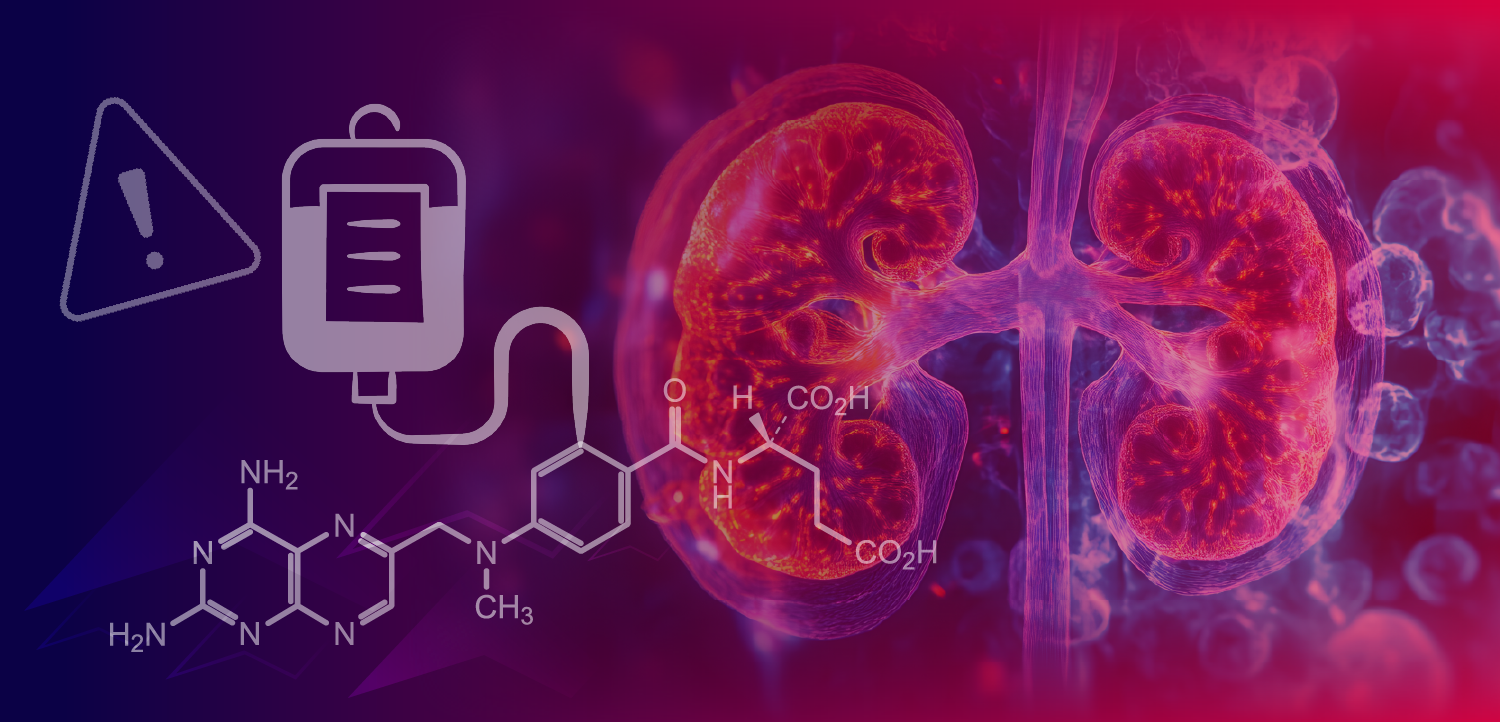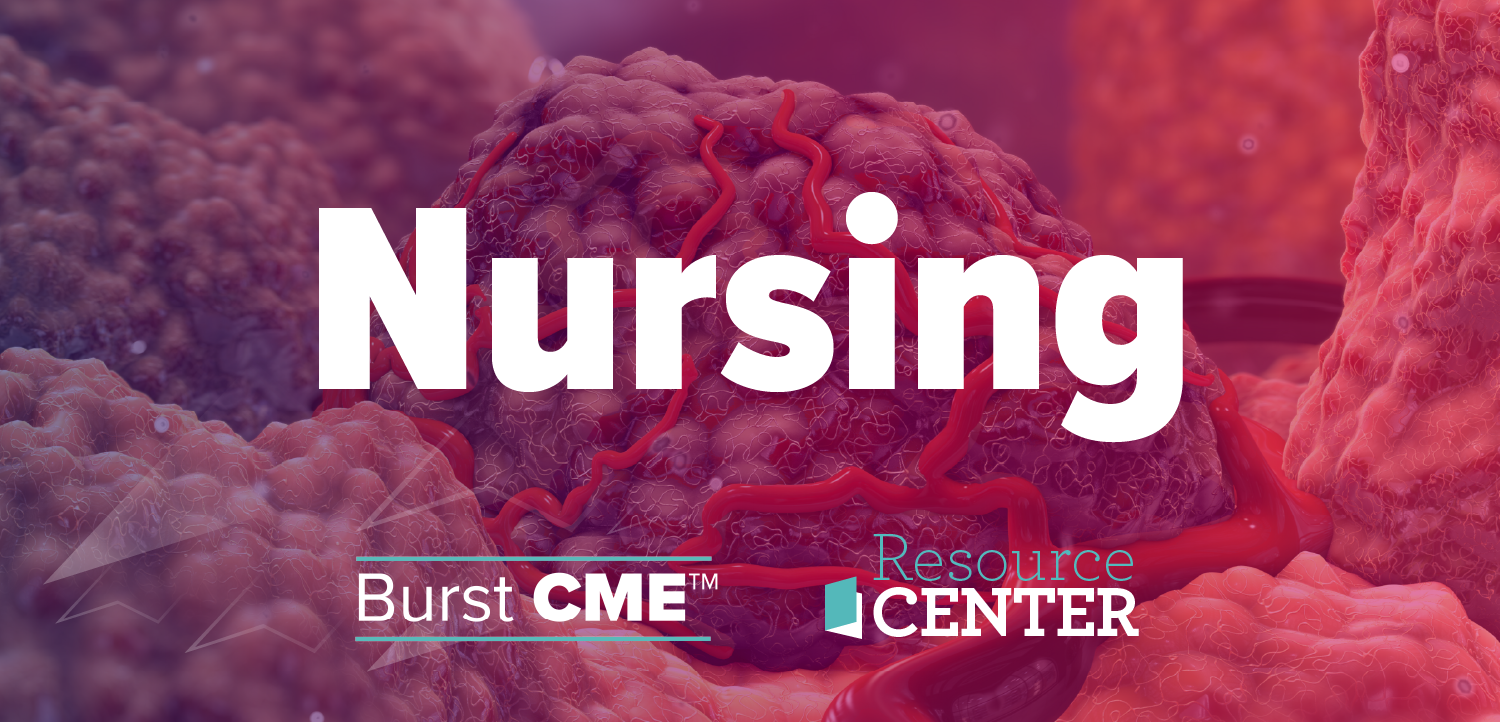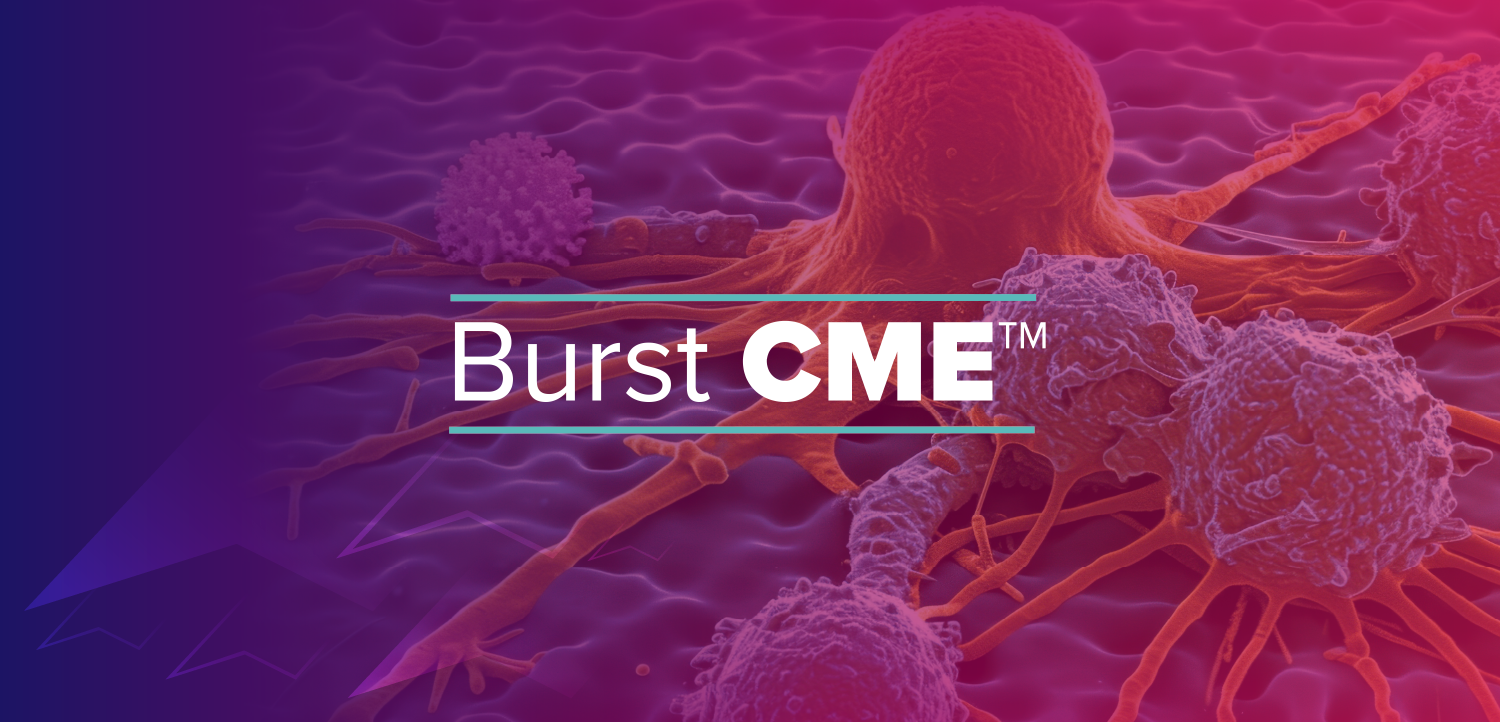
Melphalan/Hepatic Delivery System Demonstrates Benefit in Uveal Melanoma
No treatment-related deaths were observed among patients with metastatic uveal melanoma treated with melphalan and a hepatic delivery system.
Melphalan in combination with a hepatic delivery system (HDS) showed clinically meaningful efficacy and demonstrated a favorable benefit-risk profile compared with best alternative care (BAC) in a small cohort of patients with unresectable metastatic uveal melanoma, according to results from the single-arm, open-label, phase 3 FOCUS study (NCT02678572) published in Annals of Surgical Oncology.
Results from the trial’s efficacy analysis revealed that the primary end point, overall survival (OS), was numerically higher with melphalan/HDS (n = 40) than with BAC (n = 32); the median OS in respective groups was 18.5 months vs 14.5 months. The 1-year OS rate was 79% vs 67%, and the 2-year OS rate was 27% vs 26%. Additionally, the median progression-free survival (PFS) numerically favored melphalan/MDS, with a median PFS of 9.1 months vs 3.3 months with BAC. The 6-month and 1-year PFS rates were 71% vs 26% and 34% vs 11% in the respective groups.
Furthermore, the objective response rate (ORR) in the investigational arm was 27.5% vs 9.4% in the BAC arm. Additionally, the disease control rate was 80.0% vs 46.9% in respective arms and the median duration of response (DOR) was 14.0 months in the melphalan/HDS arm and 5.6 months in the BAC arm.
“The randomized FOCUS study provides evidence of the potential for clinical benefit of melphalan/HDS in patients with unresectable [metastatic uveal melanoma],” study lead author Jonathan S. Zager, chief academic officer and chair at the University of South Florida Department of Oncologic Sciences and surgical oncologist at Moffitt Cancer Center, wrote in the publication with study coinvestigators. “This therapy offers a treatment option for patients with this rare condition, which is associated with a poor prognosis and limited treatment options. Overall, the results demonstrate an acceptable benefit-risk profile for melphalan/HDS in this patient population. A formal statistical analysis was not feasible due to early termination of the study and the small sample (85 enrolled vs 240 planned).”
Patients 18 years or older with histologically verified unresectable metastatic uveal melanoma with up to 50% liver tumor involvement and an ECOG performance status of 0 or 1 were initially randomly assigned to receive melphalan/HDS or BAC, which consisted of an investigator’s choice of transarterial chemoembolism, pembrolizumab (Keytruda), ipilimumab (Yervoy), or dacarbazine. However, due to slow enrollment attributable to patients’ reluctance to receive BAC treatment, the study design was amended to a single-arm study, after which all eligible patients received melphalan/HDS.
Patients in the investigational arm received melphalan at 3 mg/kg at ideal body weight at a maximum dose of 220 mg for a single treatment once every 6 weeks for a maximum of 6 cycles. Melphalan was given over 30 minutes via infusion catheter placed in the hepatic artery and was followed by a 30-minute washout with extracorporeal filtration to reduce further systemic exposure to melphalan.
Additionally, granulocyte-macrophage colony-stimulating factor was administered within 72 hours of the percutaneous hepatic perfusion procedure to mitigate possible neutropenic effects of melphalan. Prior to treatment, liver venous outflow was isolated by a double-balloon catheter placed in the inferior vena cava.
Secondary end points of the study included PFS and ORR via RECIST v1.1 criteria. Exploratory end points included DOR, hepatic PFS, and safety. Due to the early termination of the randomized study, all efficacy analyses were underpowered and were evaluated as exploratory analyses.
Among 73 patients assessed for safety, 14.6% and 7.3% of patients in the melphalan/HDS arm experienced treatment-emergent adverse effects (TEAEs) leading to treatment discontinuation or dose reduction, respectively; no TEAEs leading to discontinuation or dose reduction were observed in the BAC arm. Two deaths in the melphalan/HDS arm were considered related to the study treatment, devices, or procedures.
At least 1 TEAE was observed in 100% of patients in the melphalan/HDS group and 93.8% of patients in the BAC group. Additionally, 85.4% vs 34.4% of respective arms experienced at least 1 grade 3 or 4 TEAE. Severe TEAEs occurring in 10% or more of patients in the melphalan/HDS arm included thrombocytopenia (56.1%), leukopenia (36.6%), neutropenia (36.6%), anemia (34.1%), and hypophosphatemia (14.6%). Additionally, the most common severe TEAEs in the BAC arm included alanine aminotransferase elevation, aminotransferase elevation, and hypertension (6.3% each) as well as nausea, vomiting, leukopenia, abdominal pain, and upper abdominal pain (3.1% each).
Reference
Zager JS, Orloff M, Ferrucci PF, et al. An open-label, randomized study of melphalan/hepatic delivery system versus best alternative care in patients with unresectable metastatic uveal melanoma. Ann Surg Oncol. Published online April 7, 2025. doi:10.1245/s10434-025-17231-x
Newsletter
Stay up to date on recent advances in the multidisciplinary approach to cancer.
































































































